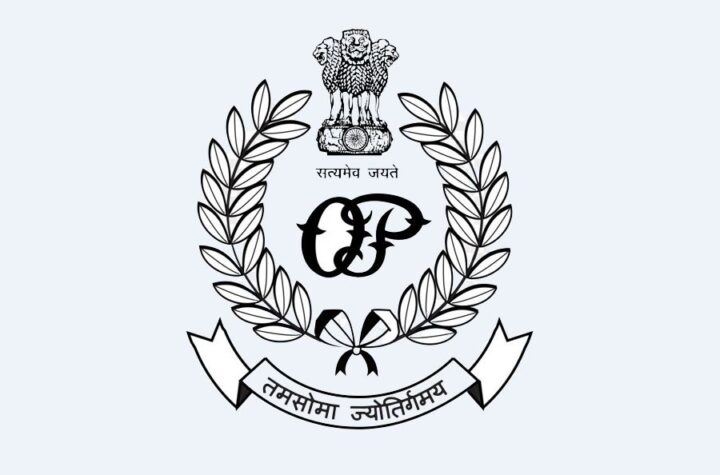By 2026, Bangladesh, Nepal (and Laos) will graduate from being least developed countries (LDCs) to developing countries. Graduating from LDC is an outcome of an elaborate process involving stakeholders within the United Nations (UN) and respective national governments, and is based on an assessment of a country’s income levels, human assets index, and economic and environmental vulnerabilities..The inclusion of two more South Asian countries marks a significant milestone for these two countries. The UN General Assembly resolution accepting the recommendation of the Economic and Social Council’s Committee for Development(CDP) that these two countries , meet the criteria to be called “developing” countries is a measure of the success of their policies towards achieving some development goals. This year, as laid down by the CDP, the criteria were per capita Gross National Income of $1,018 and above; a high score of 60 on the Human Assets Index, which includes a health index and education index; and a low score of 36 on the Economic & Environmental Vulnerability Index. Countries must meet at least two of the criteria in order to qualify for inclusion in the developing countries category. However, the change in category is a double-edged sword. It could give rise to disruption in a country’s development as the very enablers that have helped it come this far are no longer available to it. As an LDC, a country gets trade related concessions including market access, and development assistance, technical assistance and special pathways to participate in international processes. It is in recognition of the reality that withdrawing such benefits suddenly could plunge the country back into LDC conditions, that graduating countries are given a transition period during which most of the benefits available to LDCs remain available to graduating countries.
The LDC category, created and formally endorsed at the 26th session of the UN in 1971, recognises that some countries suffer from structural impediments to growth, and that it is the responsibility of the international community to ensure that these countries do not get left behind. It is not acknowledged as often as it should be that the improvement in the economic and social prospects of the people of a country can only benefit other nations, particularly those in its neighbourhood. For a region that has received two big shocks this year, in Afghanistan, and Myanmar – both are LDCs – the stabilisation of India’s population growth, the inclusion of Nepal and Bangladesh for graduation as developing countries, plus the scheduled graduation of Bhutan in 2023, are all positive developments.











More Stories
LS elections: 4th phase polling records 63 pc turnout
‘Still poor country’: India going to become third largest economy in world
Viksit Bharat, Viksit Odisha: PM Appeals to State People to Vote for BJP